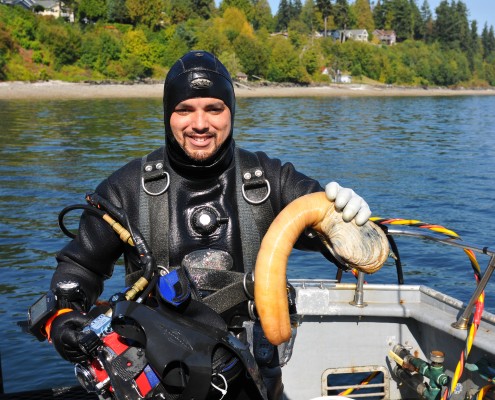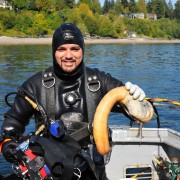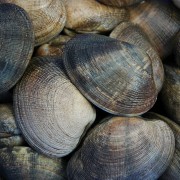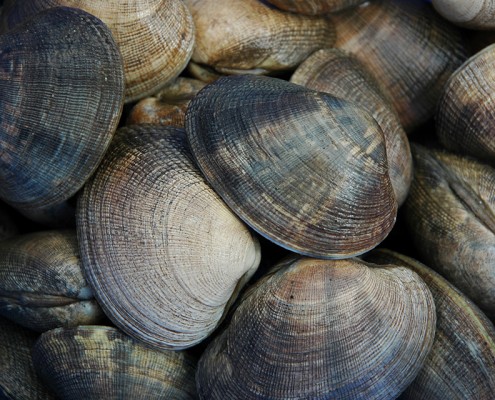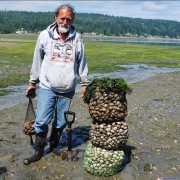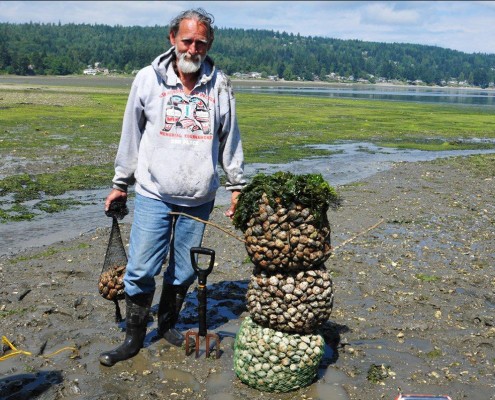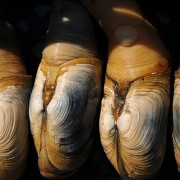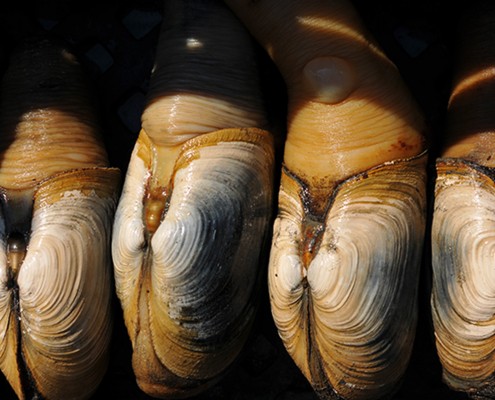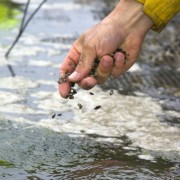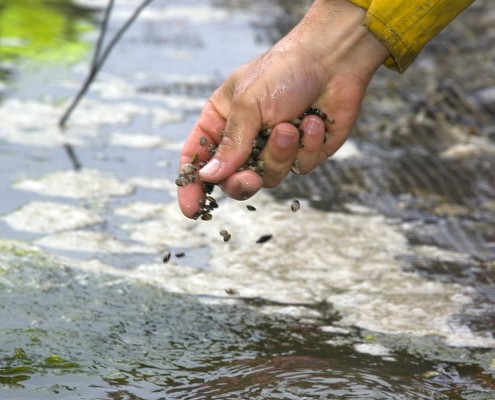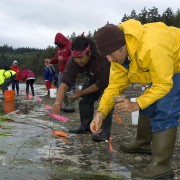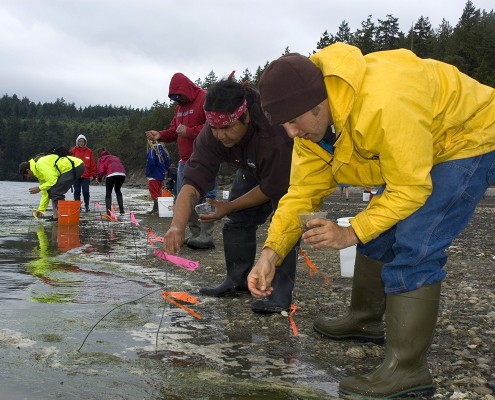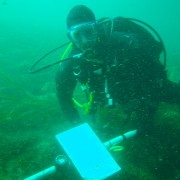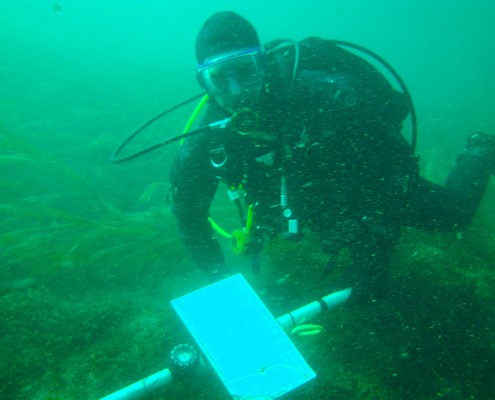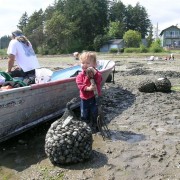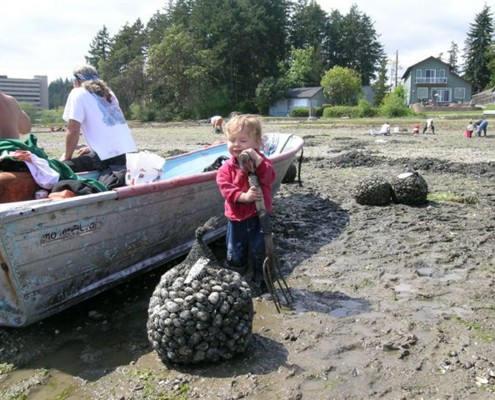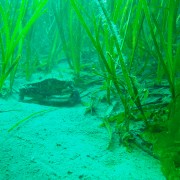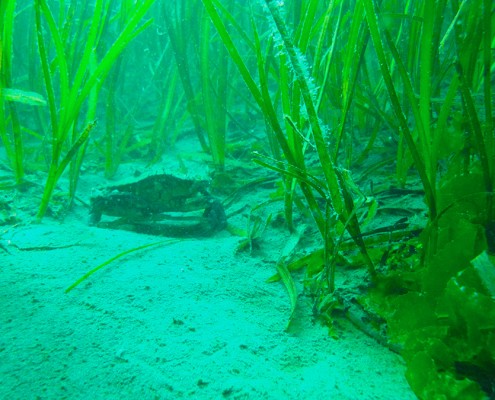Shellfish
Suquamish is one of 24 Treaty Tribes in the Puget Sound Area that co-manage shellfish resources with Washington Department of Fish and Wildlife and is involved in a wide variety of activities to ensure the sustainable management of shellfish harvests and protection of aquatic ecosystems. The Tribe employs professional biologists and technicians who actively manage a number of shellfish species that include bivalves (geoduck, intertidal clams, and oysters), crustaceans (crab and shrimp) and echinoderms (sea cucumbers and sea urchins) within the Tribe’s Usual & Accustomed harvesting areas.
Improving Water Quality
Finding ways to address pollution problems so that marine resources can thrive and are safe for wildlife and human consumption. more…
Research Programs
Contributing to shellfish research within Puget Sound, including our number one focus, the effects of Ocean Acidification. more…
Education & Outreach
Spearheading an array of outreach and education projects for K-12 and college that take students beyond the classroom. more…
Cultural Heritage & Harvest

Suquamish woman gathering shellfish, circ. 1900.
Clam harvesting is a traditional activity that Suquamish Tribal Members have engaged in for thousands of years. Continuing the tradition in the modern day is a way for Tribe Members to stay connected with the culture inherited from Suquamish Ancestors. With profound respect for this cultural heritage, the Suquamish Tribe is committed to maintaining the health and productivity of these resources to ensure their availability for future generations.
Biomass Surveys
Every year from April through August, a Shellfish Survey Crew heads out to perform clam biomass surveys on beaches located within the Tribe’s U&A, with the exception of tidelands identified as staked and cultivated in the Shellfish Growers Settlement. Surveys are performed by trained Biologists and Technicians using a random systematic sampling protocol developed by the Washington Department of Fish and Wildlife and Puget Sound Tribes. Once the total biomass, in pounds, of a given species is estimated for a particular beach, the total allowable catch (TAC) is determined. The Tribes manage half of the TAC on private and public beaches, identified as the Treaty Share. It is customary to harvest the Treaty Share approximately every three years or 1/3 of this quantity every year.
Treaty Harvest
Currently, Manila and littleneck clams are the main species harvested commercially from the intertidal zone; however, all clam species can be harvested for ceremonies, subsistence or commerce. After the treaty share is determined, a harvest may or may not be planned depending on resource management strategies. Clam harvests happen during low tides, which typically occur at night from September to March and during the day from April to August. All harvests are opened under shellfish regulations according to the Shellfish Implementation Plan and are monitored by a Biologist or Technician and supervised by a Suquamish Fisheries Enforcement Officer. Washington Department of Health regulations are followed according to the federal court consent decree for shellfish sanitation.

